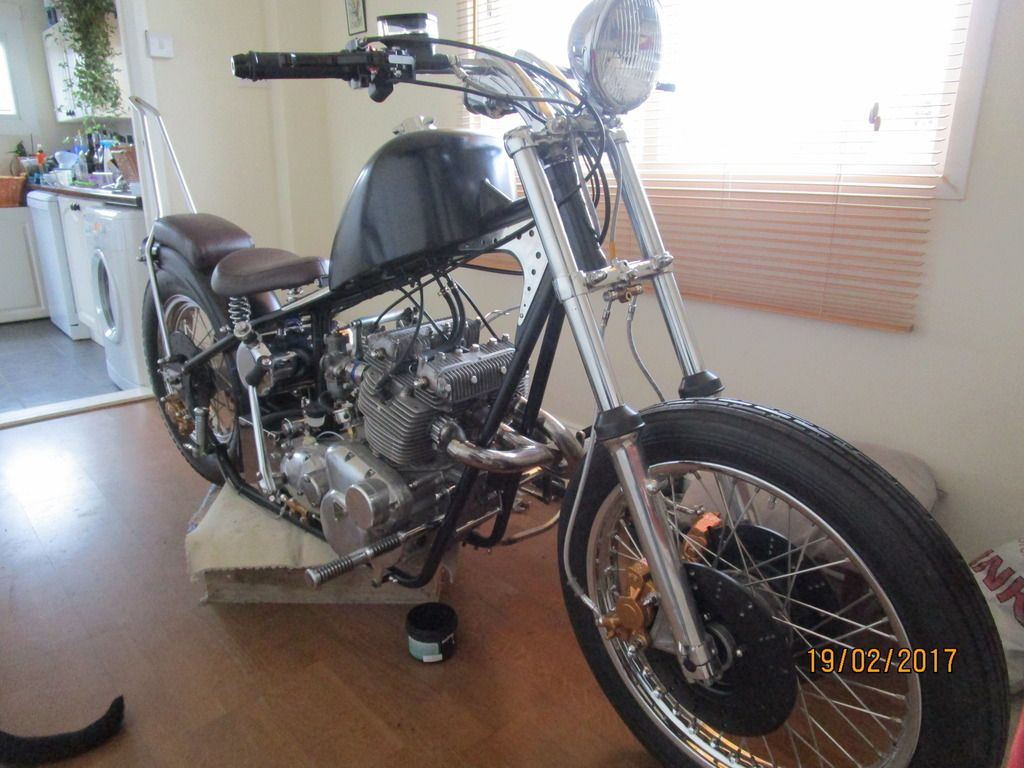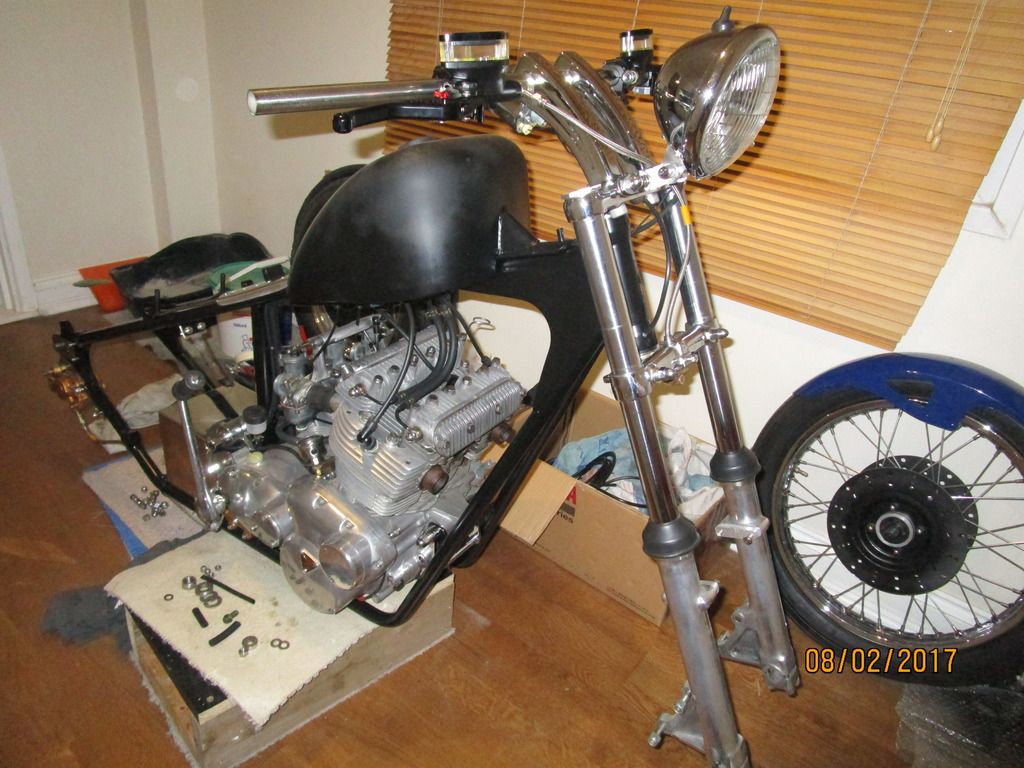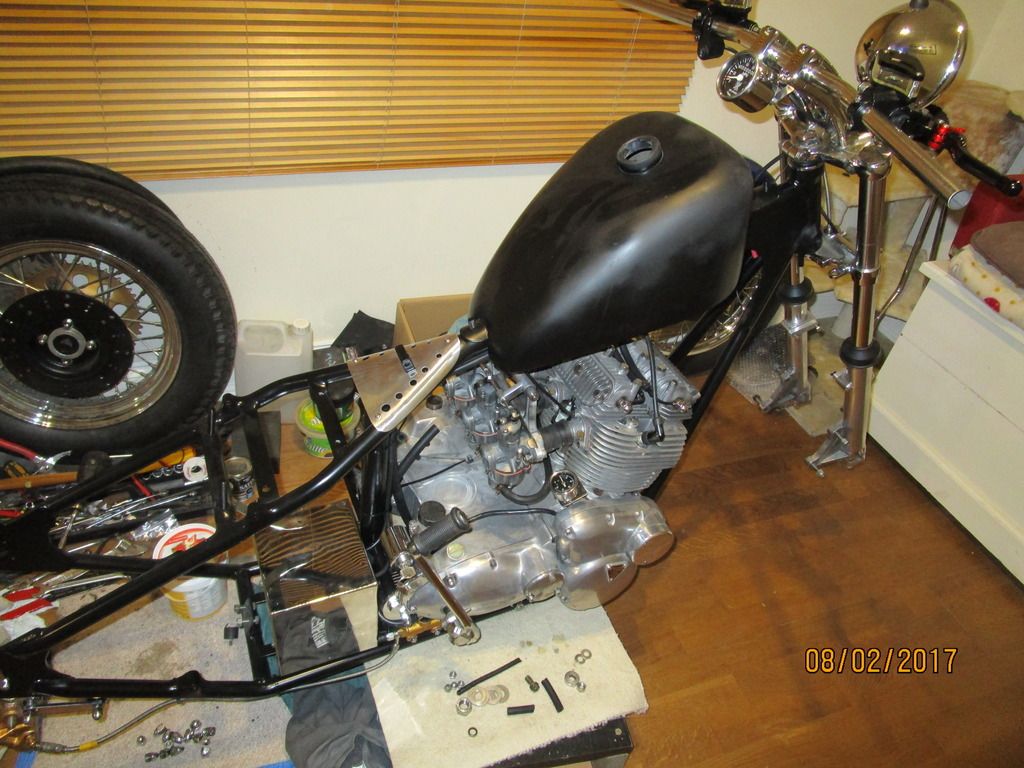-
Posts
2,451 -
Joined
-
Last visited
Content Type
Profiles
Forums
Events
Gallery
Store
Posts posted by Tricky-Ricky
-
-
I think what your looking for is an ECU from a car with with cruse control, this AFAIK is the only way you can have switchable maps with Uprev tune, its the cruse control that enables the switching.
-
I think you mean a stand alone ECU rather than a revup, which in theory should be the same as the DE just with the extra cam control.
-
Getting a little closer:
 just all the fettling and checking...and the few bits that are proving a PITA!
just all the fettling and checking...and the few bits that are proving a PITA!
-
 2
2
-
-
From what i remember during my research on the types of lower plenum, one has shorter intake runners than the other, which in effect will lower low end torque a bit, and as Jetpilot says bigger TBs are really only an advantage when wide open, the small amount of extra air volume that's available during part throttle is not going to make much difference, unless you have a stroker or overbore.
And yes i have seen all the info on how the VQ is strangled on WOT, but remember on the road you don't drive everywhere at WOT, in fact most of the time its just part throttle, and that's where you spend most of your time, so that where you want your gains.
-
 1
1
-
-
I sold my single turbo supra and bought a Skyline 350GT (Z with a different body) and regretted it, loved the look of the 350GT, but obviously performance wise its poles apart, but even the handling was not as good IMO, but hey if you don't try new things you never know.
-
 1
1
-
-
tap what in? when i set the car to my reg it says no products found...
I just selected the car, and year and part type and it came up with the thermostat, stupid linking is rubbish!
-
-
Isn't a high offset basically the same as having spacers? Same strain on everything else...
Yes! however spacers just add one more component and extra strain to the equation, better to have the correct high offset wheels.
-
 1
1
-
-
He's having a giraffe, it will never fetch that sort of price....and it an auto.
-
Now that one sounds like a rod bearing to me, different from the first video.
-
Difficult to tell from that video, if your holding the camera very close to the engine it will sound loud, however the VQ injectors are often mistaken for pulsation damper noise, as they are pretty noisy.
-
Yes! I'm glad to say, no responses here, but got a link from an bike forum that showed how it was an easy swap to run the electronic ignition system on negative ground, so hopefully problem sorted.

Just have to hope that the engine runs OK once its all back together, and i don't end up having to rebuild the engine.
-
Couple of update pics with the forks, bars and tank, also added a bit of a detail panel to where the sprung seat goes, doing the same with the gusset panels at the head stock.
Please excuse the bloom on the tank, it has a couple more coats to go yet.


-
Think i may have found a solution, apparently the ignition system can have the polarity reversed, so i may be OK..i hope!..
-
Just run into a problem on my bike protect, the bike has to run a + earth system due to the nature oof the electronic ignition system fitted, but in my wisdom i bought a really nice LED rear light......now as we all know LEDs are current flow direction dependent, so i need to try and come up with some way of integrating both the brake light which would be relatively simple to use a separate circuit .
But i also need to be able to run the the headlight on the + earth system (or do i?) and the rear on a - earth, and all running off a single ignition switch, now i guess it could be done with relays, but i am also very limited on space for things like that, as i have a small battery box that also contains all the coils ans electronics, and theres room for little else...so if any of you guys have an idea or solution i would be grateful
-
You could try using a 10w40 it may slow the consumption a little, if it persists i would run an compression and leak down test and see what the results are.
-
No fuel pulsation dampers are basically there to damp out the oscillation caused by injectors opening IE there duty cycle, personally with a regulated system i don't think they are necessary, but probably do help with an unregulated non return system.
-

Stock VQ DE do not have ECU control over pump speed - only pump on/off by relay. The only speed change it gets is by voltage change to the battery when the alternator takes over when the engine is running not by 'intelligent control'. The ECU briefly pressurises the fuel circuit before starting, then after the engine is running keeps the relay on.
I just had a look at the manual and it seems i was wrong about intelligent pump control, so i am surprised and a little disappointed, i expected more, i know some modern engines use an ECU controlled pump to modulate fuel pressure, rather than stop/start.
So the VQ system relies on over pressure to supply enough fuel for various loads, and no doubt suffers fuel heating because of it, makes the likes of some of the older Vortech supercharger kits, fuel fudgers a bit of a worry.
As for fuel dampers i have always removed them on tuning other FI engines, as they can restrict flow on high demand, especially if set up for std power limits, which is why i would be inclined to remove the VQ item when running FI and an uprated pump, i would also disable the on/off of the pump from ECU and set to run constantly once ignition is on with a return system.
-
Glad the discussion was a help rather than a hindrance, good luck with the conversion, and if you need more input just come back to us, always happy to help if i can.
-
No i think your still not getting your head around it, The regulator is just an adjustable restriction, its always open, its just a restriction, and the result of a restriction is pressure, so the circuit goes......fuel tank-fuel pump-fuel filter-fuel rail/injectors- fuel regulator, and from there back to the tank.
Ah, fixed orifice, gotcha.
So what happens in that system if you don't have a regulator? Pressure is determined by the fuel pump alone, I assume? Well, along with the natural restriction present in the pipework itself.
No i think your still not getting your head around it, The regulator is just an adjustable restriction, its always open, its just a restriction, and the result of a restriction is pressure, so the circuit goes......fuel tank-fuel pump-fuel filter-fuel rail/injectors- fuel regulator, and from there back to the tank.
Ah, fixed orifice, gotcha.
So what happens in that system if you don't have a regulator? Pressure is determined by the fuel pump alone, I assume? Well, along with the natural restriction present in the pipework itself.
You need a regulator to rise fuel pressure with boost on FI engines. You dont need an adjustable one but that's an easy way to get a gauge so you can check pressure and upping the fuel pressure can help you flow more fuel through a smaller injector meaning you dont need to fit bigger ones
As you say in many cases the fuel pressure is set by a fixed orofice in the pipework itself
Sorry but fuel pressure needs to be set to suit the injectors used, some require different base fuel pressure, so adjustable is needed,
Also using higher fuel pressure to increase the flow rate of an injector is bad practice in my book, its OK for maybe a stop gap for a small power increase, but you will loose the headroom of the injector,
Injectors should not use more than 85% of there duty cycle, so should be sized to take required power output at 85% of there duty cycle, which leaves some headroom should the ECU need to increase fueling suddenly if det or denser airflow is detected.
It also helps prevent failure of the injector coil.
-
Yeah as i understand the system on the Z, the pump is ECU controlled so the pump motor is speeded up/slowed down, keeping the fuel pressure within it required boundaries depending on engine load, which in effect makes it the regulator as there is no return, i would suspect that the ECU fuel pump control can be accessed and adjusted, but i dont remember seeing it in the Uprev software, maybe Mark or Jez could supply the answer to that one.
-
Sad really...i can remember when Stonehenge was free to go and look at, now they make millions for so called restoration and upkeep, yet its been standing for a millennia without maintenance.
-
Okay, that makes a bit more sense now. I assumed the excess was dumped back to the tank, which is why I was getting a bit confused.
I assume the regulator isn't put before the injectors simply so you don't end up in a situation where you get a massive need for fuel and the regulator can't open quickly enough to supply it. Perfect, thank you!
No i think your still not getting your head around it, The regulator is just an adjustable restriction, its always open, its just a restriction, and the result of a restriction is pressure, so the circuit goes......fuel tank-fuel pump-fuel filter-fuel rail/injectors- fuel regulator, and from there back to the tank.
Question for the OP, so presumably your FI, so depending on the power output, have you fitted an uprated fuel pump?
From what i remember there is a fuel filter and the pulsation damper in the std setup, IMO it would probably be better to dump the pulsation damper, as i am not sure how its going to affect the things with an uprated fuel flow.
-
No worries
 the regulator maintains the set pressure by restriction, but its the pump that keeps that pressure by over supply, which its always imperative that you have a fuel pump that's capable of maintaining far more volume and pressure than the injectors will demand,
the regulator maintains the set pressure by restriction, but its the pump that keeps that pressure by over supply, which its always imperative that you have a fuel pump that's capable of maintaining far more volume and pressure than the injectors will demand,so between the fuel pump and the regulator there is always a constant pressure, and this increases with fuel demand via the rising rate feature that's engine vacuum/pressure controlled.
Oh and the unused/excess fuel is returned to the fuel tank..
-
 1
1
-



Door lock (with key) problem - 350gt
in Bodywork
Posted
There are several fixes on Youtube,https://www.youtube.com/watch?v=TlbOuxwae_E
Also one one of the G35 sites in the US, you can fit an aftermarket actuator for the remote door lock, but it sounds like its a mechanical fault as well as electric with your door, so may need a new lock.